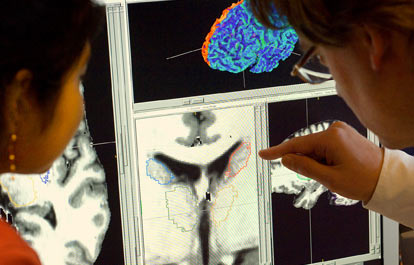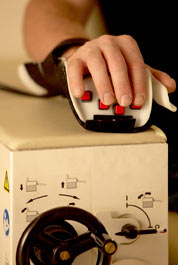

Scientific Lectures //
MR Experiments Probing Intracellular Water Incoherent Displacement Motion (Diffusion) and Exchange Lifetime: Towards More Accurate Modeling of the MRI Signal
Joseph J.H. Ackerman, PhD, Departments of Radiology, Internal Medicine, and Chemistry, Washington University in Saint Louis
Presented: October 26, 2018
ABSTRACT: MRI has proven revolutionary in its ability to provide high spatial resolution (sub-millimeter), high contrast images of soft tissues in clinical and preclinical (small-animal) applications. As MRI instrumentation has evolved to offer remarkable engineering attributes (complex pulse sequences, fast/stable magnetic field gradients, multi-channel RF transmitters and receivers) and, with these, ever higher quality images, there has been a renewed interest in modeling the "MRI signal" to extract an increasingly detailed understanding regarding the underlying structure and function of the tissue of interest.
The MRI signal is, of course, the tissue water 1H NMR signal - only tissue water provides sufficient signal-to-noise to enable routine MRI. Thus, MRI signal modeling concerns the nature of water in the highly complex, dynamic environment that is mammalian tissue. With a view to providing a more complete understanding of the MRI signal, our laboratory has sought to make measurements that provide answers to simple questions such as "What is the average residence time for water molecules inside the cell?" and "How fast are water molecules diffusing within the cell?" As might be anticipated, intracellular and extracellular water populations are challenging to distinguish, especially in intact living systems. Thus, simple questions such as these can prove remarkably hard to answer.
This presentation will ask such fundamental "physical chemistry" questions of intact living systems, and provide some answers.
Information shared in this lecture was requested be held from public access. MRN employees can access the presentation here.

